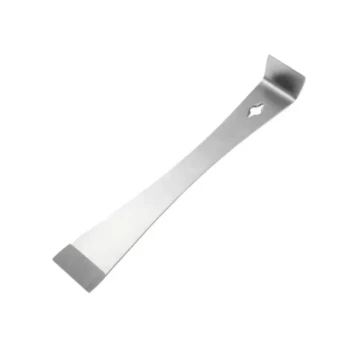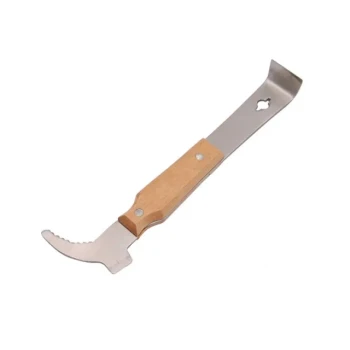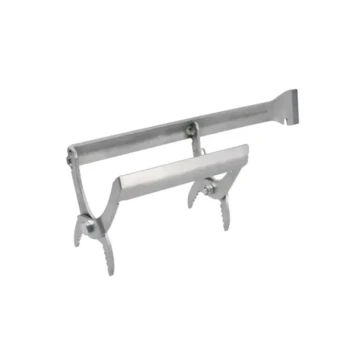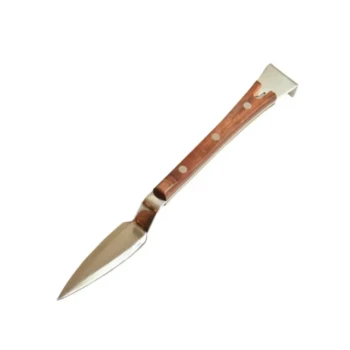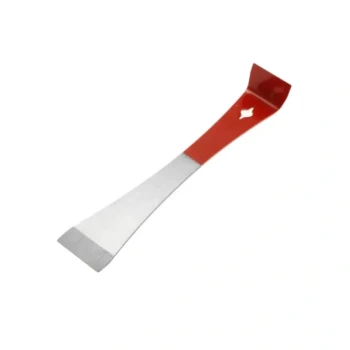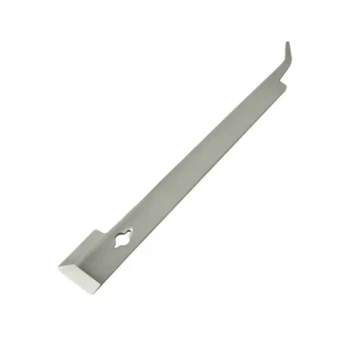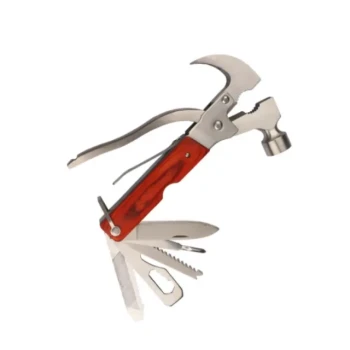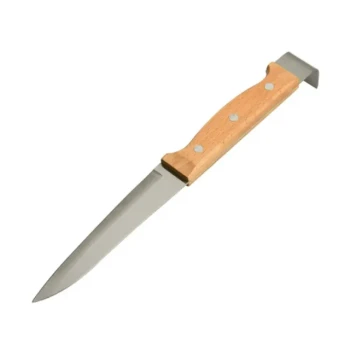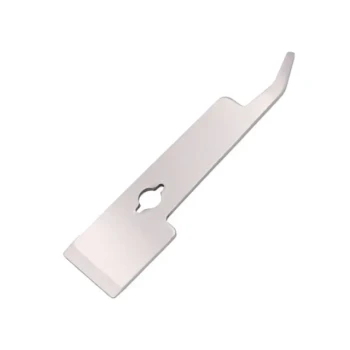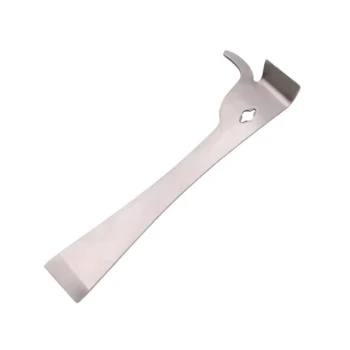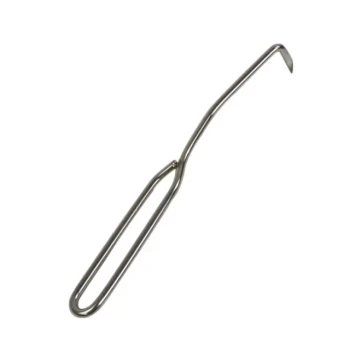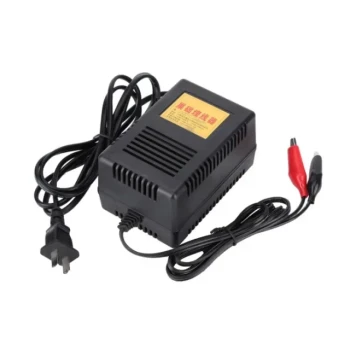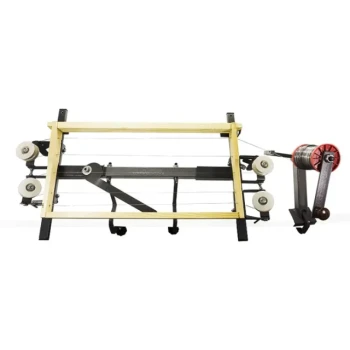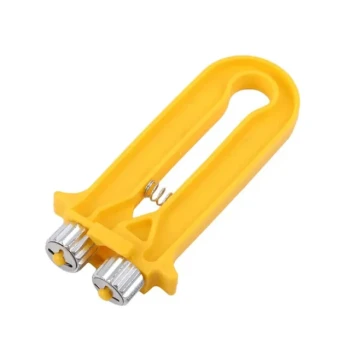In short, having multiple hive tools is standard practice for two reasons: it provides functional versatility for different tasks and critical redundancy for when a tool is inevitably lost or becomes unusable. This combination of having the right tool for the job and always having a backup ensures your hive inspections are efficient, uninterrupted, and less stressful for both you and your bees.
The core principle is not simply about having a spare. It's about recognizing that different hive tasks require specialized tools, and that operational readiness—having a backup for a lost or sticky tool—is a mark of an experienced and effective beekeeper.
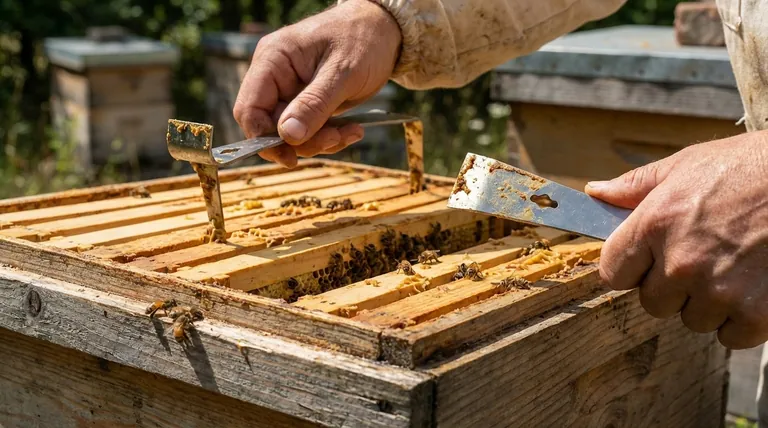
The Functional Case: The Right Tool for the Right Job
A common mistake for new beekeepers is assuming all hive tools do the same thing. In reality, different designs are engineered for entirely different purposes. Using the wrong one is inefficient at best and harmful to your bees at worst.
The J-Hook Tool: For Precision Frame Lifting
The defining feature of a J-hook tool is the curved "J" at one end. This is specifically designed to hook under the ear of a frame and act as a lever against the adjacent frame.
This allows you to pop a single, propolis-sealed frame loose with a gentle, controlled motion. This is vastly superior to trying to pry it out, which often results in jarring movements that can roll and kill bees.
The Standard Pry-Bar (American Style): For Brute Force and Scraping
The traditional hive tool, often called the American or pry-bar style, is your heavy-duty implement. One end is bent at a right angle for prying, and the other end is a flat, sharp blade for scraping.
Its primary strength is separating hive bodies that have been glued tight with propolis. The wide, flat scraping end is also essential for cleaning excess wax and propolis from frames and boxes during an inspection.
The "Why" This Matters: Minimizing Colony Disturbance
Using a pry-bar tool to wrench out a frame often crushes bees between the frame and the hive wall. A J-hook tool lifts the frame vertically, dramatically reducing this risk.
A calm, methodical inspection with the right tools keeps the colony's stress levels down. A stressed hive is more likely to become defensive, making your job harder and less enjoyable.
The Practical Case: Redundancy is Efficiency
Beyond specialized functions, having multiple tools is simply smart operational planning. Apiaries are not sterile, organized workshops; they are outdoor environments where things go wrong.
The Inevitability of a Lost Tool
Hive tools are constantly being set down on hive covers, in tall grass, or on the ground. It is remarkably easy to forget one and move to the next hive, only realizing your tool is missing when you need it most. A spare tool on your person or in your bee bag prevents a frustrating trip back to the truck or shed.
The Problem of Propolis Build-up
During an inspection, your hive tool will quickly become coated in sticky propolis and beeswax. This can make it difficult to handle and less effective for delicate tasks.
Having a second, clean tool allows you to swap them out mid-inspection. You can continue working efficiently while the sticky tool waits to be cleaned later.
Understanding the Trade-offs
While owning multiple tools is a clear best practice, it's important to understand the context. There is no single "best" tool, only the best tool for a specific situation.
The Myth of the "One Perfect Tool"
Many beekeepers have a favorite, but no single design excels at everything. The J-hook is brilliant for frames but clumsy for prying apart heavy boxes. The standard pry-bar is excellent for scraping and heavy prying but awkward and damaging when used to lift individual frames.
Cost vs. Time and Stress
The cost of a few hive tools is minimal in the grand scheme of beekeeping expenses. The time saved, the frustration avoided, and the reduction in disturbance to your colonies provide a return on investment that far exceeds the small initial cost.
Building Your Hive Tool Kit
Your ideal tool collection depends on your specific goals and the scale of your operation.
- If you are a new beekeeper with one or two hives: Start with one J-hook tool for frame work and one standard American-style tool for prying and scraping.
- If your primary focus is minimizing bee disturbance: Prioritize mastering the J-hook tool for all frame manipulation and reserve the pry-bar only for separating boxes.
- If you manage a larger apiary: Keep at least two of your preferred tool style (e.g., two J-hooks) on your person to ensure you are never without one.
Ultimately, a well-equipped beekeeper is a calmer, more effective steward of their colonies.
Summary Table:
| Tool Type | Primary Function | Key Advantage |
|---|---|---|
| J-Hook Tool | Precision frame lifting | Gentle, controlled motion to avoid bee injury |
| Standard Pry-Bar | Heavy prying and scraping | Ideal for separating propolis-sealed hive bodies |
Ready to upgrade your beekeeping efficiency? HONESTBEE supplies professional-grade hive tools and beekeeping equipment to commercial apiaries and distributors. Our wholesale-focused operations ensure you get the right tools for your specific needs. Contact us today to discuss how our equipment can enhance your beekeeping operations and minimize colony disturbance!
Visual Guide
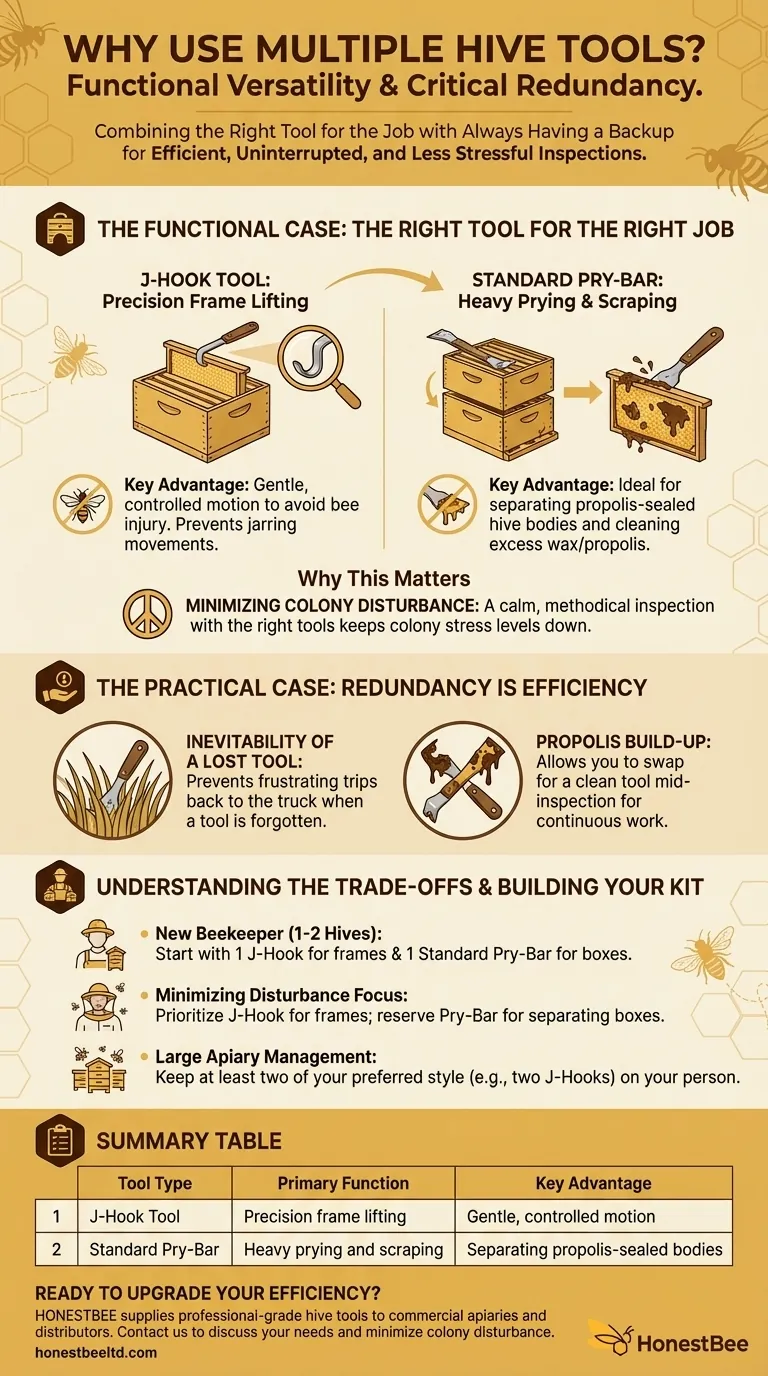
Related Products
- Professional Stainless Steel Pry-Bar Hive Tool
- HONESTBEE Professional Multi-Functional Hive Tool with Ergonomic Wood Handle
- HONESTBEE Advanced Ergonomic Stainless Steel Hive Tool for Beekeeping
- Multi-Function Plier-Style Frame Grip Hive Tool
- HONESTBEE Premium Italian Style Hive Tool with Hardwood Handle
People Also Ask
- What are the different types of hive tools available? Choose the Right Tool for Your Apiary
- What types of hive tools are available for beekeepers? Choose the Right Lever for Your Apiary
- What equipment and implements are needed by beekeepers besides the hives? Build Your Essential Beekeeping Toolkit
- What is a standard hive tool and what are its features? The Essential Multi-Function Tool for Beekeepers
- What additional safety equipment should beekeepers use? Essential Tools for Hive Management
